Arizona summers are brutal. I’m talking about temperatures soaring well above 110°F in many parts of the state!
While we humans can escape to air-conditioned havens, our furry companions face unique challenges in coping with extreme heat. Here’s what every Arizona pet parent needs to know to keep their four-legged friends safe when the mercury rises.
1. Know Your Dog’s Risk Factors
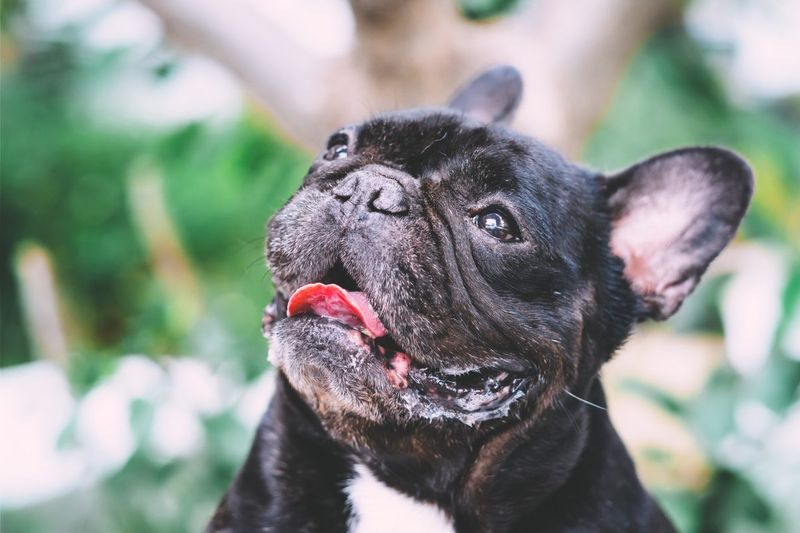
Not all dogs handle heat the same way!
Brachycephalic breeds (those adorable flat-faced pups like Bulldogs and Pugs) struggle more in high temperatures because their shortened airways make panting less effective.
Senior dogs, puppies, overweight pooches, and those with heart or respiratory conditions need extra vigilance too.
And did you know that dark-coated dogs absorb more heat than their lighter-colored counterparts? Understanding your specific pet’s vulnerability helps you make smarter decisions about outdoor activities during Arizona’s scorching summer days.
2. Spot Heat Stress Early

Recognizing the warning signs of overheating could save your dog’s life.
Excessive panting, drooling, bright red gums, and lethargy are early indicators that your pup is struggling with the heat.
More serious symptoms include vomiting, diarrhea, disorientation, and collapse.
Temperature checks help too – a dog’s normal temperature ranges from 101-102.5°F. Anything above 104°F indicates heat stress and requires immediate cooling measures. Trust your instincts – you know your dog better than anyone!
3. Plan Your Summer Routine
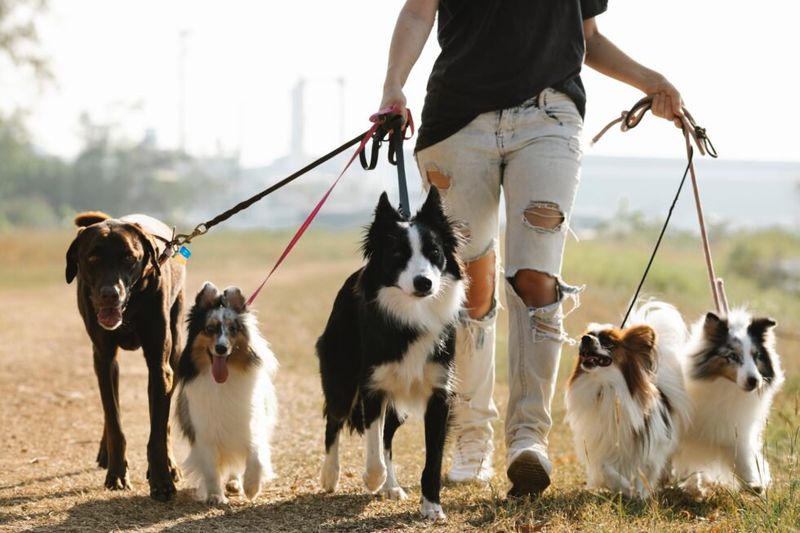
Timing is everything when Arizona temperatures climb!
Evenings offer another opportunity for outdoor activity, but remember that concrete and asphalt retain heat long after sunset.
The five-second rule works wonders: place your palm on the walking surface for five seconds. If it’s too hot for your hand, it’s definitely too hot for paws!
Keep midday outings super brief – just enough for necessary bathroom breaks. Your dog will thank you for these thoughtful schedule adjustments.
4. Hydration & Cool-Down Gear
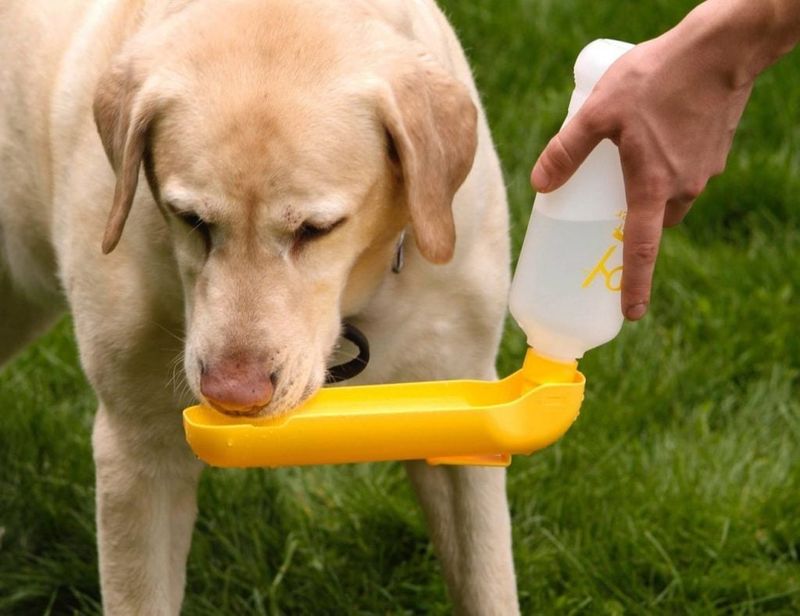
Water bottles aren’t just for humans! I never leave home without my dog’s collapsible water bowl and a frozen water bottle that gradually thaws during our outings. The chilled bottle doubles as a cooling neck wrap when wrapped in a bandana.
Cooling vests have been a game-changer for us too. These clever garments use evaporative cooling technology – just soak in cool water, wring out, and put on your pup. As the water evaporates, it pulls heat away from your dog’s body.
5. Hiking & Outdoor Play

Summer doesn’t mean adventure has to stop completely! Early morning hikes in shaded canyons like West Fork in Sedona offer respite from the heat.
Water play provides excellent summer exercise. No natural water nearby? A kiddie pool in the backyard creates instant canine joy.
Indoor enrichment matters too. Puzzle toys, scent games, and training sessions keep your dog mentally stimulated when outdoor options are limited by extreme heat. Remember that mental exercise can be just as tiring as physical activity!
6. Bootie & Sunscreen Protection
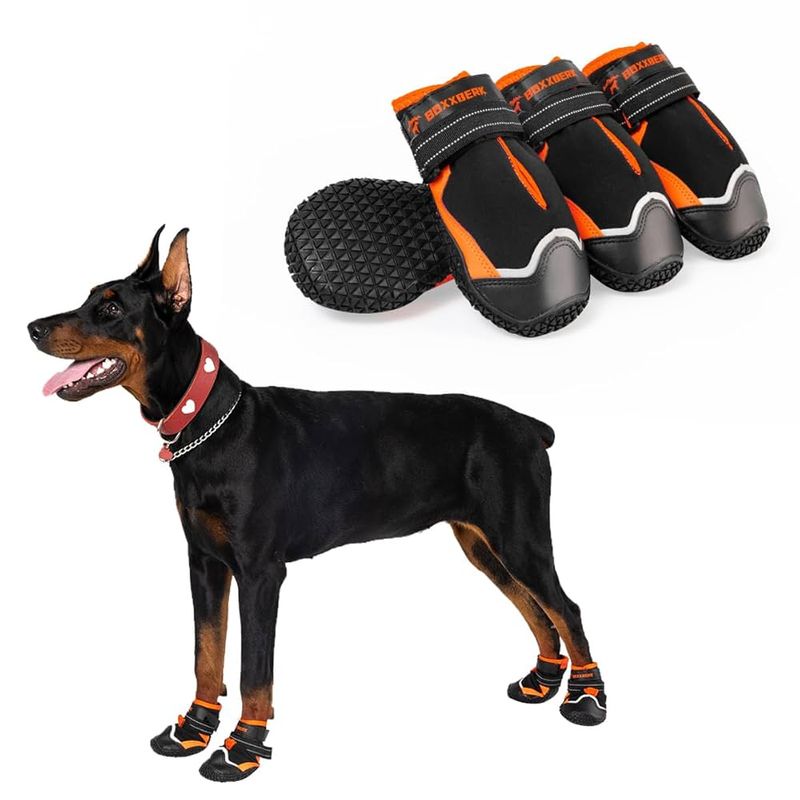
Dog paws aren’t designed for 160°F asphalt! Quality booties provide crucial protection against scorching surfaces.
Sun protection isn’t just for humans! Dogs with pink noses, thin coats, or light-colored skin need pet-safe sunscreen.
Apply dog-specific sunscreen to exposed areas like nose tips, ear edges, and bellies. Never use human products containing zinc oxide or para-aminobenzoic acid (PABA) – they’re toxic if licked!
These simple protective measures prevent painful burns and potential skin cancer.
7. Emergency First-Aid Steps
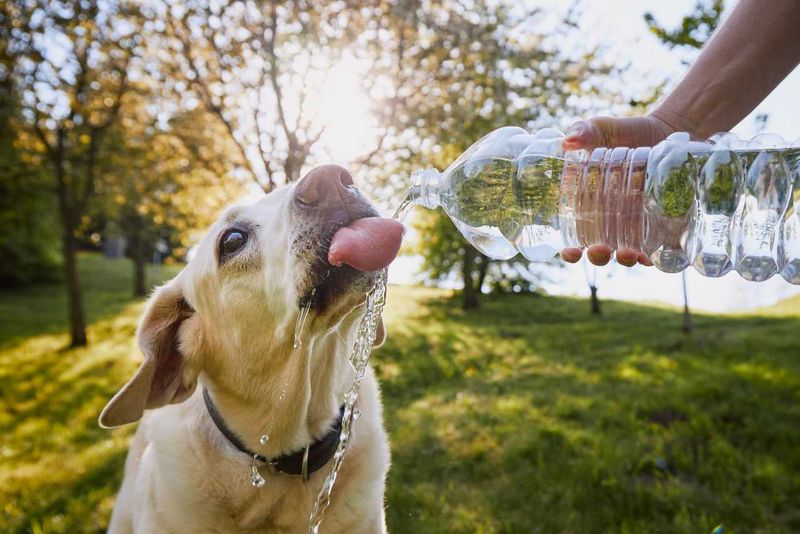
Despite our best efforts, heat emergencies can still happen. If your dog shows signs of heatstroke, act fast! Move them to shade immediately and apply cool (not cold) water to their neck, armpits, and groin areas where large blood vessels run close to the skin.
Wet towels draped over their body help too. Offer small amounts of water but don’t force drinking.
While cooling your pet, call your vet or the nearest emergency clinic. Heat stroke can cause internal damage even after symptoms improve, so professional evaluation is essential. Knowing these critical first steps could mean the difference between life and demise.
